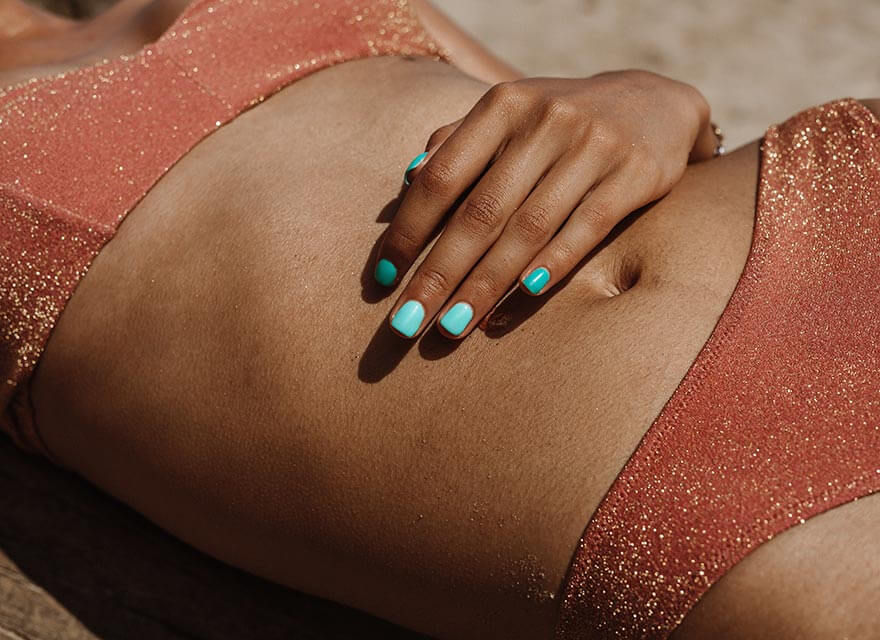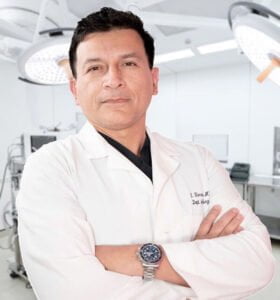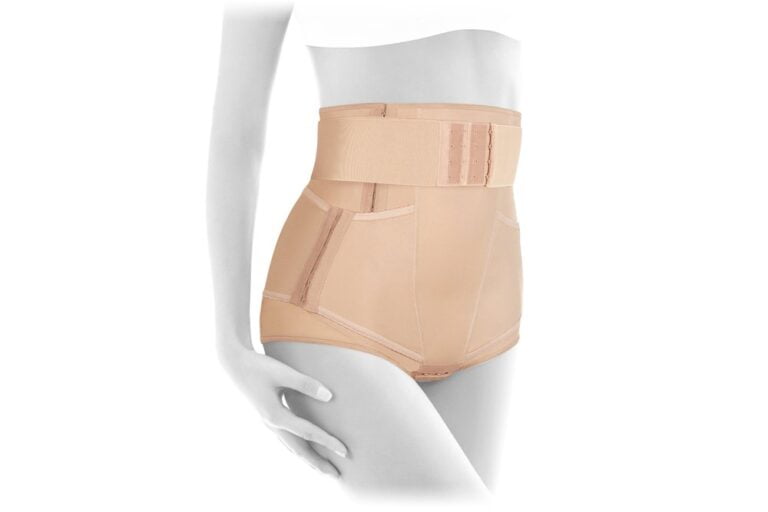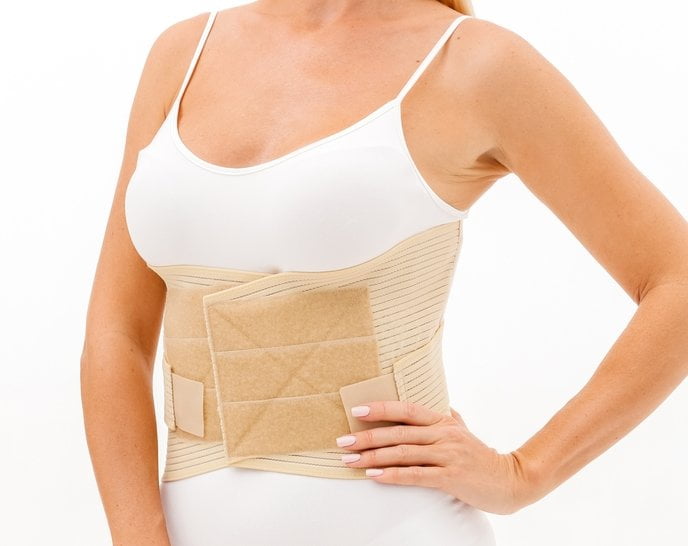Tummy tucks are known to be invasive procedures. The surgery usually requires extensive incisions in the abdominal area to remove the excess skin and fat. They allow men and women to achieve flatter stomachs and deliver permanent results for anyone who has ever gone through a pregnancy or significant weight loss. In some cases, tummy tuck scar revisions are necessary to correct scars that have been left behind.
Tummy tuck scar revision can improve your confidence and create even more attractive results that you’re satisfied with after undergoing a tummy tuck.
Can a tummy tuck scar be revised?
Scar revision after a tummy tuck reduces and diminishes the appearance of different types of scars that are present due to incisions that were made by a plastic surgeon during a tummy tuck procedure. There are many different types of scars that patients are left with after a tummy tuck, which can vary in shape, size, and depth. Ultimately, no two scars are ever the same.
The main scars that are present include hypertrophic, contracture, superficial, and keloid. After the scars develop, it’s common for the new scar tissue to start to tighten near the skin where the wound is present. Some people can even have a lack of movement if the skin becomes too tight and restrictive. This can become uncomfortable and even painful in extreme situations.
Tummy tuck scar revision methods
There are many different tummy tuck scar revision methods available, which can allow all types of patients to finally achieve the results they originally expected. A plastic surgeon can perform shave excision if the scar is raised, which is performed with a surgical shaver to create a smoother surface. This technique doesn’t require stitches and is capable of healing on its own. The patient still needs to use a topical ointment to promote healing and reduce the risk of infections on the treatment area.
Another way of correcting raised scars is with scar removal or modification, which requires making an incision around the scar tissue to promote the growth of new and healthy skin. Stitches are then used to close the incisions.
Modifications are typically performed on scars that failed to heal properly due to issues with the original sutures that were used. The scar must be opened again and closed to correct the problem.
In some cases, the plastic surgeon will even choose to use skin grafts on larger scars. This harvesting skin from a different part of the body to use it to cover the scar on the abdomen. This allows the scar to be hidden and allows the new skin to blend in well with the surrounding tissue and skin.
Many people are surprised to learn that injectables are often used during tummy tuck scar revisions on scars that are depressed. Dermal fillers are effective in raising the scar, making it more aligned with the rest of the surrounding skin.
Surface treatments are an additional option that is most effective on mild or light scars that are left behind. This treatment allows the scar to begin to fade and become less prominent. Laser treatments can also be used to remove damaged skin that is present on the scar to make it less visible. Chemical peels also prove to be useful due to the lactic acids they contain, which lift and remove damaged layers of skin on the scars.
You can also talk to your doctor about dermabrasion, which is a well-known scar removal treatment method that can be used on different areas of the body. If the skin tissue is significantly darker than the surrounding skin, the plastic surgeon may recommend performing skin bleaching to deliver better results.
How is a surgical tummy tuck scar revision done?
There are multiple ways that surgical tummy tuck scar revision can be performed, which depends on the type of scar that you want to correct. It’s important to schedule a consultation with a plastic surgeon to have your scar evaluated to determine the techniques and methods that will be most effective.
Larger scars that are raised can benefit from shave excision, which involves shaving off the excess scar tissue to make the scar blend in with the surrounding skin. Surface treatments work well if you’re trying to erase a lighter scar that isn’t as prominent. A skin graft may also be needed if the scar is too large to minimize or fade.
Injectibles with dermal fillers are also commonly used to make the scar blend in with the rest of your healthy skin.
Tummy tuck scar revision recovery
Fortunately, the recovery process of a scar revision is much smoother and easier than undergoing a tummy tuck. You’ll need to provide extra care to the scar and follow the plastic surgeon’s instructions to reduce the risk of injections. This requires always keeping the area clean and changing out the bandage each day. Topical medications may also need to be applied.
You may still have a scar that is visible, but you’ll likely notice a dramatic improvement. Watch for any signs of infections, which may include bleeding where incisions have been made, discharge or unusual odors, fever or chills, and increased swelling around the area.
The healing process is an average of 12 weeks and requires limiting your physical activity and spending more time resting.
Tummy Tuck scar revision cost
The average cost for a tummy tuck scar revision is an average of $500 to $4,000. The cost of the procedure is influenced by a few main factors, including the number of scars that need treatment and their severity. The type of treatment method your plastic surgeon uses will also impact the cost, depending on how extensive it is to perform.
The level of experience and skill level of the plastic surgeon is an additional factor that influences the price of the scar revision procedure and how satisfied you are with the final results.







